What Was It Like When The First Habitable Planets Formed?

The first planets were only gas. The second included rocky ones, but life wasn’t possible. Here’s how we finally got there.
Here in the Universe today, potentially habitable planets are practically everywhere. Earth might be the template for what we think of as habitable, but we can envision a wide variety of circumstances that are very different from our own that might also support life on a long-term basis.
By time we arrive at the formation of Earth, though, more than 9 billion years have passed since the Big Bang first occurred. It’s wildly unreasonable to assume that the Universe required all of that time to create the necessary conditions for habitability. When we look at the recipe for a habitable, they could have originated far earlier. The ingredients for life are a part of the puzzle, but they’re not the entire story. We have to go deeper in order to form a habitable planet.
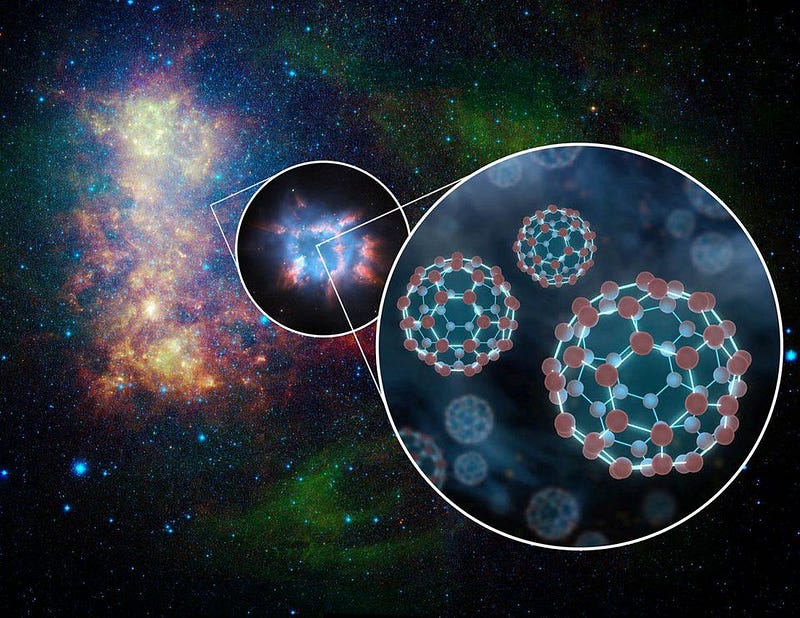
The first thing you need is the right type of star. There could be all sorts of scenarios where a planet can survive around an active, violent star, and remain habitable despite the hostility. Red dwarf stars, like Proxima Centauri, might emit flares and be at risk of stripping a potentially habitable planet’s atmosphere, but there’s no reason that a magnetic field, a thick atmosphere, and life that was smart enough to seek refuge during such an intense event might all combine to make such a world habitable on a sustained basis.
But if your star is too short-lived, habitability is impossible. The first generation of stars, known as Population III stars, fails on this account. We need for stars to at least contain some metals (heavy elements beyond helium), or they won’t live long enough for a planet to become hospitable to life, which already puts us some 250 million years after the Big Bang.
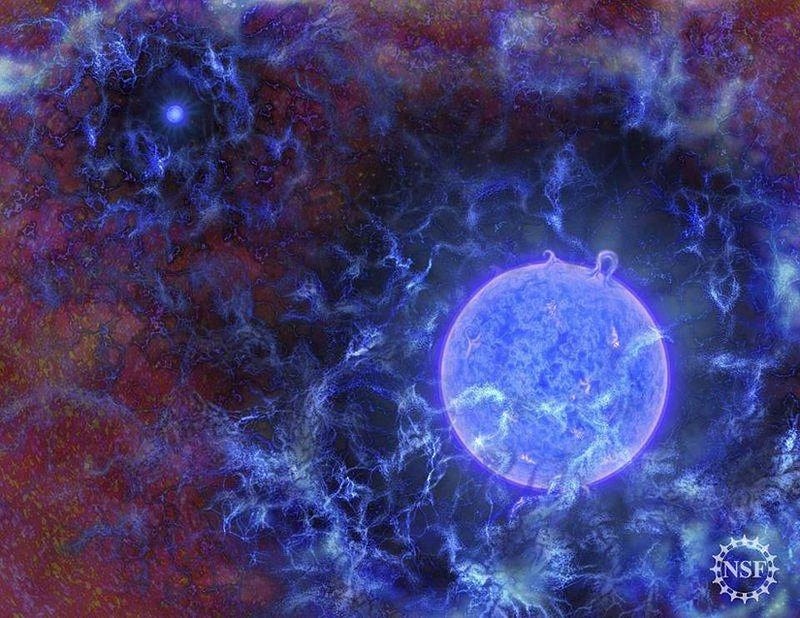
Assuming we can form stars of low-enough masses that they can continue to burn for billions of years, the next ingredient we need is the right type of planet. As far as we understand life, that means the world needs:
- an energy gradient, where it has a non-uniform energy input,
- the capability of maintaining a substantial-enough atmosphere,
- liquid water in some form on the surface,
- and the right raw ingredients so that life, given the right confluence of circumstances, can survive and thrive.
A rocky planet of large enough size, forming with the right atmospheric density, and orbiting its world at the right distance, has a chance. Given all the planets that could possibly form around a new star and the astronomical number of stars formed in each galaxy, these first three conditions are easy to meet.
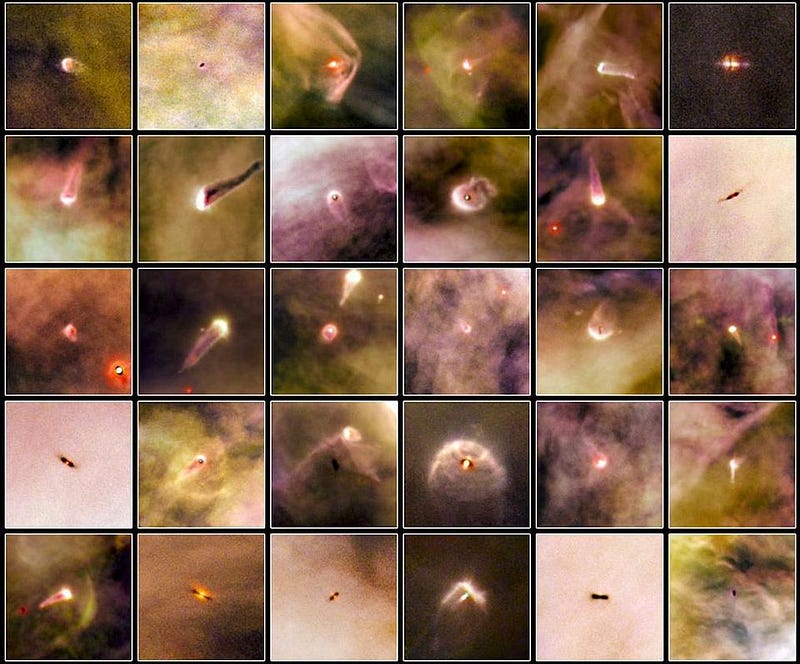
Orbiting a star will provide an energy gradient, as could orbiting a planet, having a large moon, or simply being geologically active. Whether from solar input or hydrothermal/geothermal activity, a non-uniform energy input is easy. With enough of the elements carbon, hydrogen, nitrogen, oxygen, and a few others, a substantial atmosphere will allow liquid water on the surface. Planets with these conditions should come into existence by time the Universe is just 300 million years old.
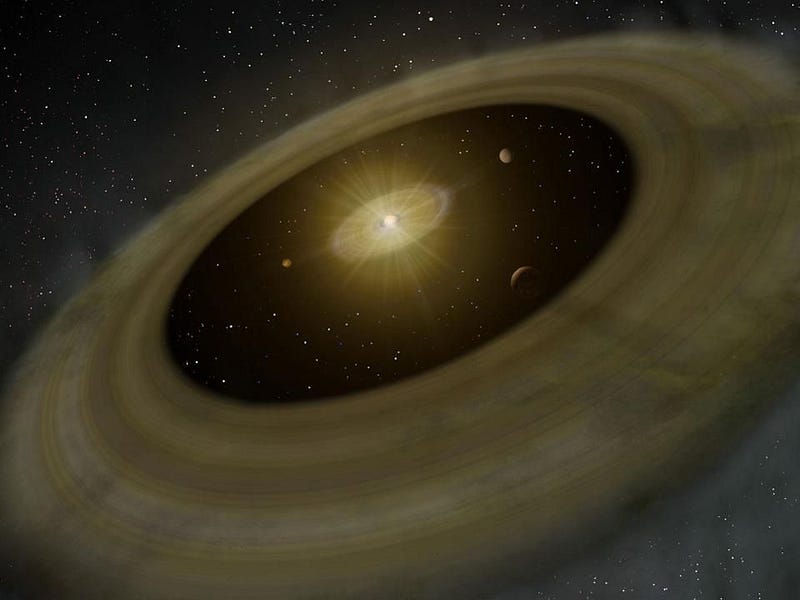
But the key barrier one must overcome here is to have enough of these heavier elements essential to life-as-we-know-it on the periodic table. And that takes more time than it takes to merely make rocky planets with the right physical conditions.
The reason you need these elements is to enable the right biochemical reactions that we require to have life processes. In locations on the outskirts of large galaxies, it might take many billions of years for enough generations of stars to live-and-die to get up to that necessary abundance.
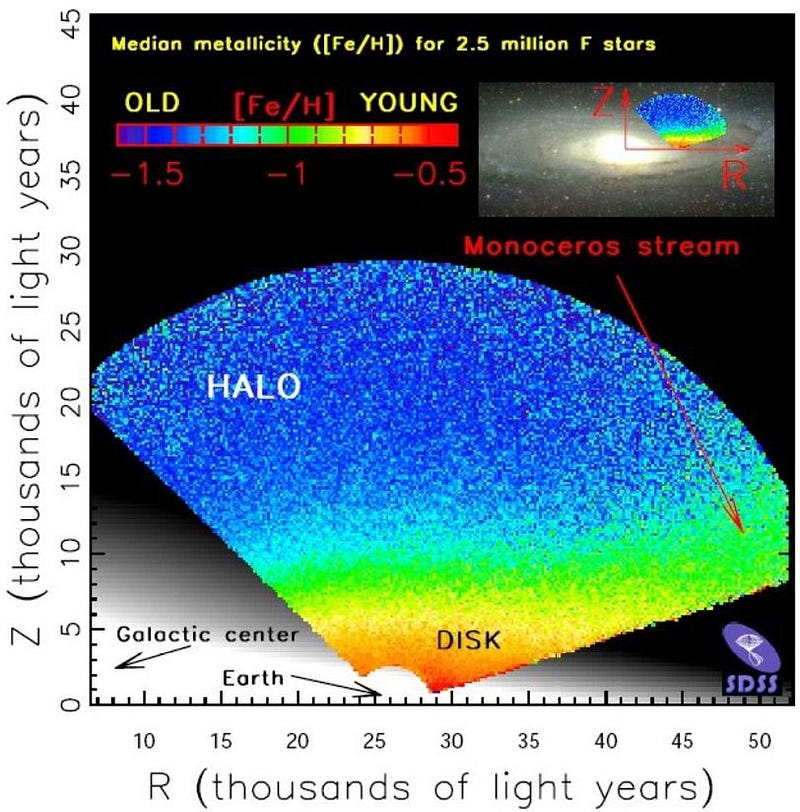
But in the hearts of galaxies, where star formation occurs frequently, continuously, and out of the recycled remnants of prior generations of supernovae, planetary nebulae, and neutron star mergers, that abundance can rise quickly. Even in our own galaxy, globular cluster Messier 69 gets all the way up to 22% of our Sun’s heavy element content by time the Universe is just 700 million years old.
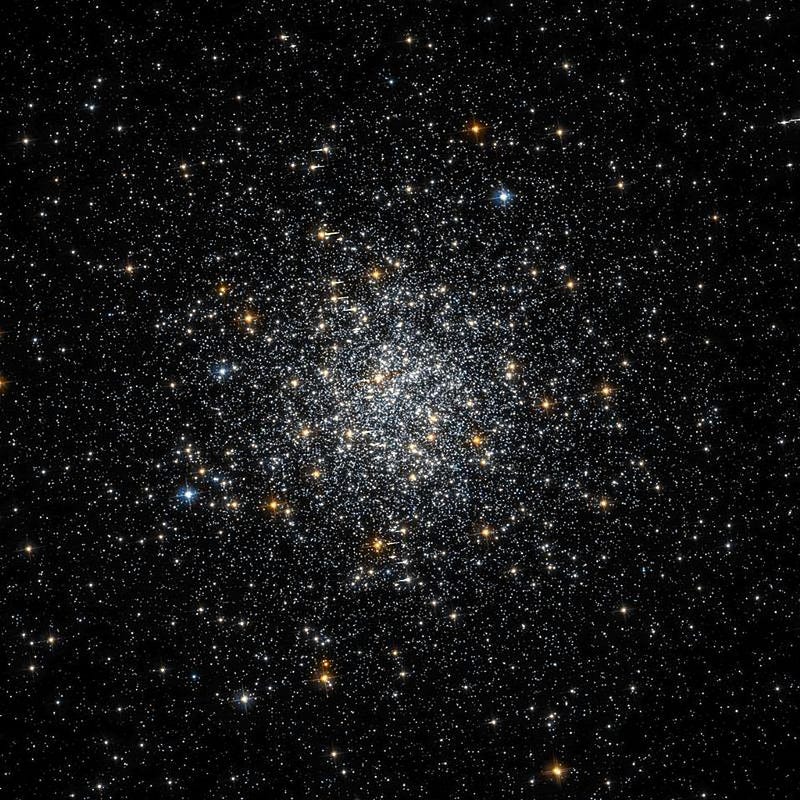
The galactic center, however, is a relatively difficult place for a planet to be considered habitable beyond a reasonable doubt. Wherever you have stars continuously forming, you have a spectacular slew of cosmic fireworks. Gamma ray bursts, supernovae, black hole formation, quasars, and collapsing molecular clouds make for an environment that is, at best, precarious for life to arise and sustain in.
To have an environment where we can confidently state that life arises and maintains itself, we need for this process to come to an abrupt end. We need something to put a stop to star formation, which in turn puts the kibosh on the activity that is most threatening to habitability on a world. It’s why the earliest, most sustained habitable planets might not be in a galaxy like ours, but rather in a red-and-dead galaxy that ceased forming stars billions of years ago.
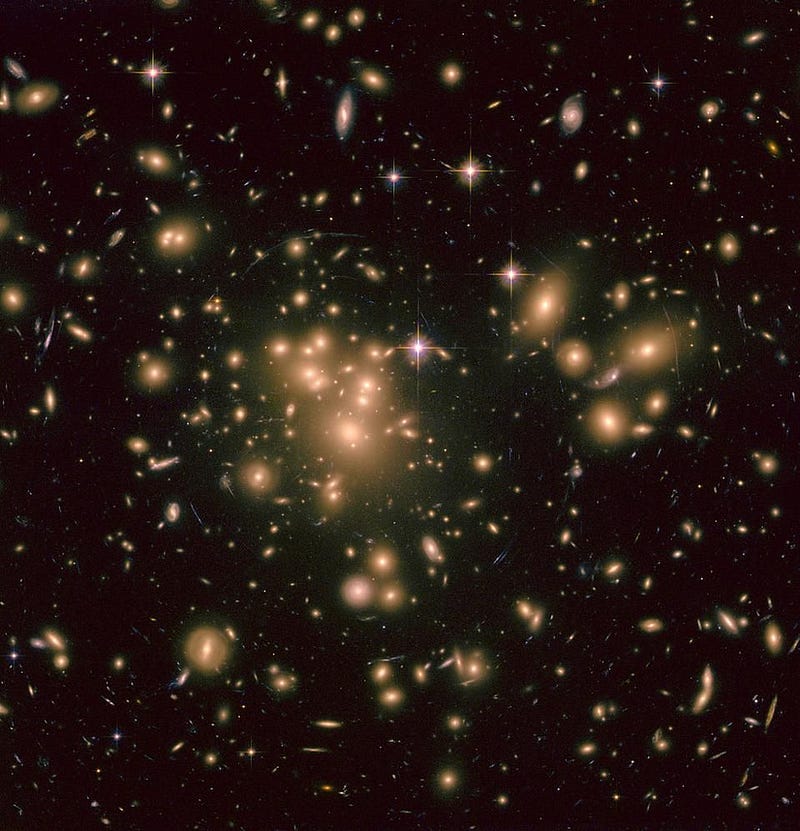
When we look at galaxies today, some 99.9% of them still have populations of gas and dust in them, which will lead to new generations of stars and constant, ongoing star formation. But about 1-in-1000 galaxies stopped forming new stars some 10 billion years ago or more. When their external fuel ran out, which could occur in the aftermath of a catastrophic major galactic merger, star formation abruptly comes to an end. Without new stars forming, the more massive, bluer ones simply end their lives when they run out of fuel, leaving the cooler, redder stars as the only survivors. These galaxies are, today, known as “red and dead” galaxies as a result, because all of their stars are stable, old, and unimpeded by the violence that new star formation brings.
One of them, galaxy NGC 1277, can even be found in our relative cosmic backyard.
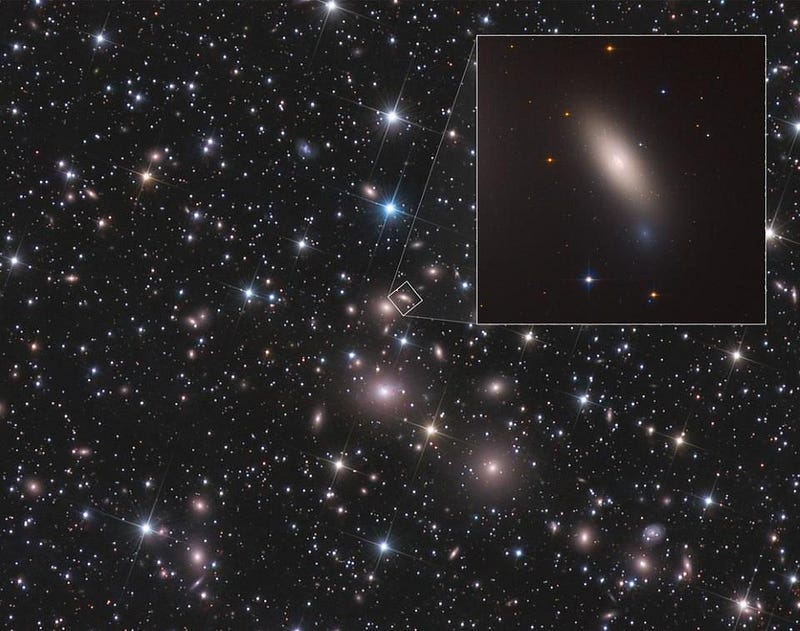
The recipe for a habitable planet, at the earliest, might be to
- form stars rapidly,
- over and over,
- in a very dense region of a large galaxy,
- followed by a major merger,
- resulting in a massive starburst,
- followed by a sudden end to star formation that persists for the indefinite future.
This could get us up to stars-and-planets with Sun-like heavy element abundances in just over a billion years, where star formation ends by time the Universe is just a shade under two billion years old.
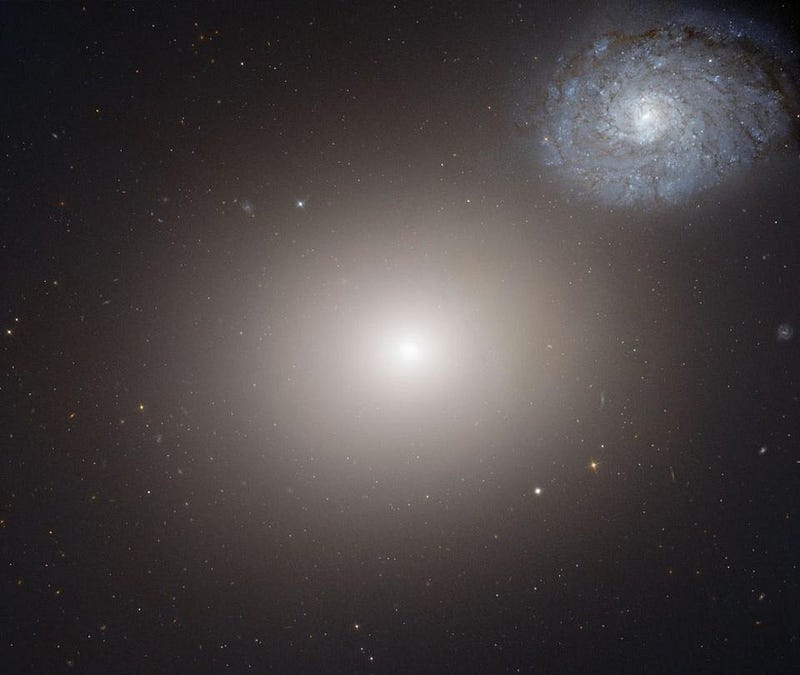
It’s an extremely rapid, optimistic estimate, but there are some two trillion galaxies in the Universe today, and so galaxies that are cosmic oddities and statistical outliers like this are certain to exist. The only questions that remain are those of abundance, likelihood, and timescales. Life may arise in the Universe before the billion-year threshold is reached, but a sustained, continuously habitable world is a much bigger achievement than life merely arising.
By time the Universe is a shade under two billion years old — just 13–14% its current age — we should have galaxies in it with Sun-like stars, Earth-like planets, and nothing to prevent life from arising or sustaining. The ingredients for life should be there. The conditions for life-as-we-know-it should be there. The only step left is the one science itself doesn’t yet know how to take: from the right conditions and ingredients for life to actual, living organisms.
Further reading on what the Universe was like when:
- What was it like when the Universe was inflating?
- What was it like when the Big Bang first began?
- What was it like when the Universe was at its hottest?
- What was it like when the Universe first created more matter than antimatter?
- What was it like when the Higgs gave mass to the Universe?
- What was it like when we first made protons and neutrons?
- What was it like when we lost the last of our antimatter?
- What was it like when the Universe made its first elements?
- What was it like when the Universe first made atoms?
- What was it like when there were no stars in the Universe?
- What was it like when the first stars began illuminating the Universe?
- What was it like when the first stars died?
- What was it like when the Universe made its second generation of stars?
- What was it like when the Universe made the very first galaxies?
- What was it like when starlight first broke through the Universe’s neutral atoms?
- What was it like when the first supermassive black holes formed?
- What was it like when life in the Universe first became possible?
- What was it like when galaxies formed the greatest numbers of stars?





